
views
Finding the Atomic Number
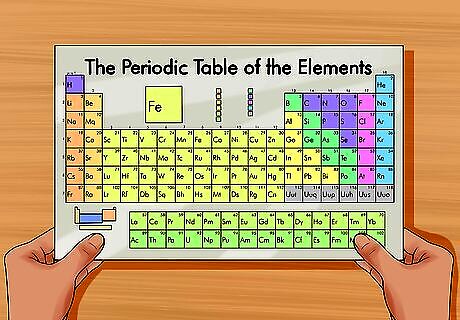
Find a copy of the periodic table. We've got one here if you don't have one handy. Every single element has a different atomic number, and the elements are ordered on the table according to their atomic numbers. It's either find a copy of the periodic table, or memorize one. Most chemistry textbooks have a periodic table printed on the inside cover.
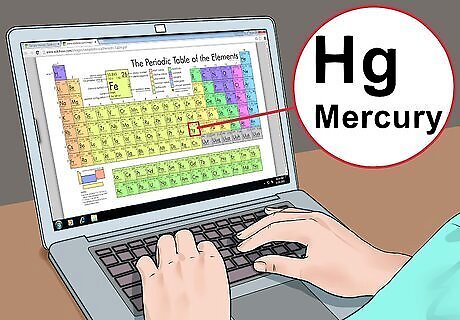
Find the element you're studying. Most periodic tables include the full name of the elements, as well as the chemical symbol (such as Hg for Mercury). If you're having trouble finding it, search online for "chemical symbol" followed by the name of the element.
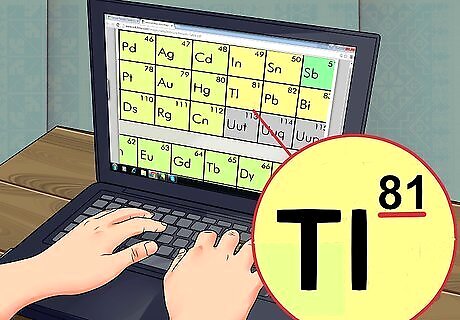
Look for the atomic number. The atomic number is usually in the top left or top right corner of the element's box, but it could be in a different spot. This is always a whole number. If the number includes a decimal point, you're probably looking at atomic mass instead.
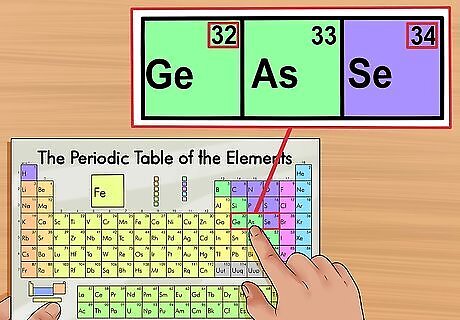
Confirm based on nearby elements. The periodic table is arranged in order of atomic number. If your element's atomic number is "33," the element to the left should be "32" and the element to the right should have a "34." If this pattern holds true, you have definitely found the atomic number. You may see gaps after elements 56 (Barium) and 88 (Radium). There's no actual gap; the elements with those atomic numbers are located in two rows below the rest of the chart. They are only separated like this to fit the periodic table in a more narrow shape.
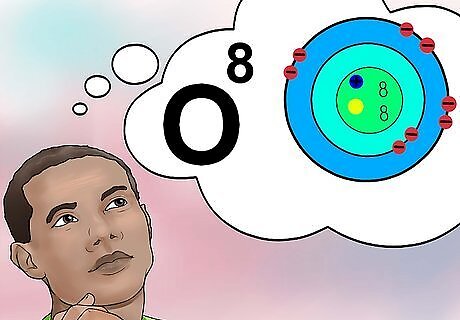
Understand atomic number. An element's atomic number has a simple definition: the number of protons in one atom of that element. This is the fundamental definition of an element. The number of protons determines the total electric charge of the nucleus, which determines how many electrons the atom can support. Because electrons are responsible for almost all chemical interactions, the atomic number indirectly sets almost all of the element's physical and chemical properties. To put it another way, every atom with eight protons is an oxygen atom. Two oxygen atoms might have different numbers of neutrons or (if one is an ion) different numbers of electrons, but they will always have eight protons each.
Finding Related Information
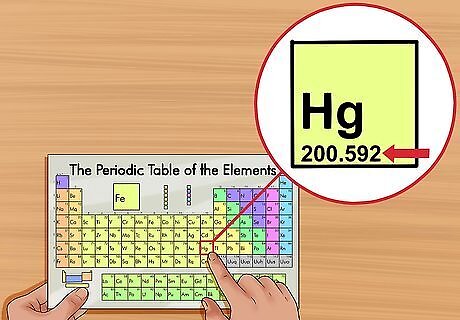
Find the atomic weight. The atomic weight is typically printed below the element name on the periodic table, usually to two or three decimal places. This is the average mass of one atom of the element, weighted to what you would expect to find in nature. This number is in "atomic mass units" (AMU). Some scientists prefer the term "relative atomic mass" instead of atomic weight.

Round to the mass number. The mass number is the total number of protons and neutrons in one atom of an element. This is easy to find: just take the atomic weight printed on the periodic table, and round to the nearest whole number. This works because neutrons and protons are both very close to 1 AMU, and electrons are very close to 0 AMU. The atomic weight uses precise measurements to get the decimal value, but we're only interested in the whole numbers that tell us the number of protons and neutrons. Remember, if you use the atomic weight, you're getting an average for a typical sample. A bromine sample has an average mass number of 80, but as it turns out, a single bromine atom almost always has a mass number of 79 or 81.
Find the number of electrons. Atoms contain the same number of protons and electrons, so these numbers will be the same. Electrons are negatively charged, so they balance out and neutralize the protons, which are positively charged. If an atom loses or gains electrons, it becomes an ion, which means that it is an electrically charged atom.
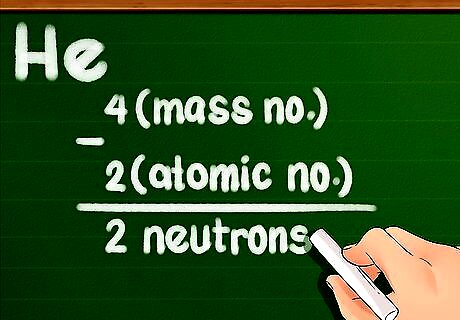
Calculate the number of neutrons. Now you know that atomic number = number of protons, and mass number = number of protons + number of neutrons. To find the number of neutrons in an element, subtract the atomic number from the mass number. Here are a couple example: A single helium (He) atom has a mass number of 4 and an atomic number of 2. It must have 4 - 2 = 2 neutrons. A sample of silver (Ag) has an average mass number of 108 (based on the periodic table) and an atomic number of 47. On average, each silver atom in the sample has 108 - 47 = 61 neutrons.

Understand isotopes. An isotope is a specific form of an element, with a certain number of neutrons. If a chemistry problem mentions "boron-10" or "B," it's talking about boron elements with a mass number of 10. Use this mass number instead of the values for "typical" boron. Isotopes never change the atomic number. Every isotope of an element has the same number of protons.












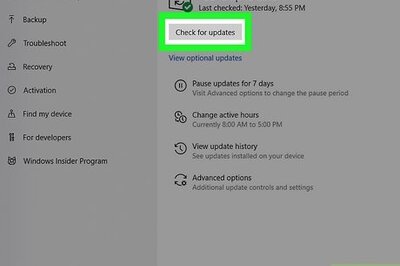

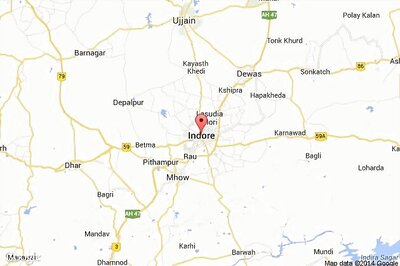





Comments
0 comment